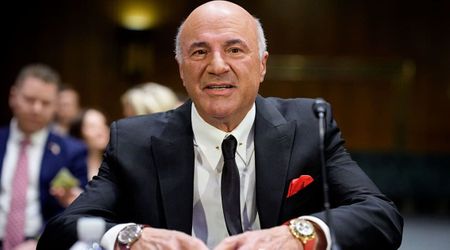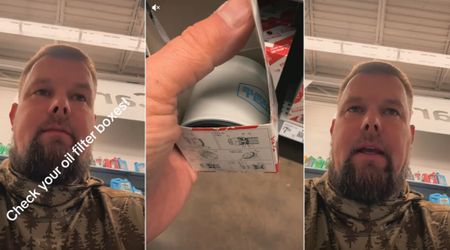Here's how to Identify Scam Calls and Dodge Attempts by Con Artists

YouMail CEO shares tips on how to identify scam calls
In an era dominated by smartphones, dodging scam calls has become a skill in itself. The battle against scammers wages on, and the CEO of YouMail shares valuable insights on recognizing potential scam calls even before picking up the phone. It's a situation many of us face regularly but Alex Quilici, the brains behind YouMail, a nifty phone screening and blocking service, has some expert insights to share on the subtle signs that can help you identify those pesky scam calls even before you decide to pick up.

The area code game
One of the first clues Quilici provides is the area code. He highlights the importance of being wary when an incoming call originates from an area code that hasn't been allocated, citing the example of the fictitious area code 300. According to him, any call from such an area code is a guaranteed scam. The North American Numbering Plan Administrator designates area codes with identical second and third digits as "easily recognizable codes" (ERC), making them either reserved for special use or entirely unallocated.
The 202 area code, associated with Washington, D.C., is another hotspot for potential scams. Scammers often spoof the 202 area code to pose as government agencies like the IRS or Health and Human Services, leveraging the aura of authority to deceive unsuspecting victims.

The 800 number conundrum
Navigating through 800 numbers requires an extra layer of vigilance. Quilici highlights two reasons scammers favor this space. First, the 800 range harbors many unassigned numbers, making it challenging to discern a legitimate call from a scam. Second, scammers frequently spoof 800 numbers, exploiting the ambiguity within this range. Staying alert to calls from 800 numbers and verifying their legitimacy can prevent falling victim to scams.
Scammers also employ a clever tactic known as "neighbor spoofing," where they mimic not only your area code but also the first three digits of your phone number to create a false sense of locality, tricking individuals into answering calls from what appears to be a familiar, nearby number. Quilici urges caution in these scenarios and recommends letting the call go to voicemail when in doubt. Another red flag highlighted by Quilici is the three-ring strategy. Here scammers let the phone ring thrice before abruptly disconnecting to evade voicemail and leaving an audio trace.

Let it ring, check the facts
When uncertainty looms over an incoming call, Quilici suggests allowing it to go to voicemail. This simple strategy buys time and enables individuals to assess the legitimacy of the call before responding. In case the call turns out to be genuine, one can always initiate a callback. However, when dealing with entities like banks or credit card companies, Quilici emphasizes the importance of dialing the number on the back of the card rather than relying on the callback number provided by an unidentified caller.
To enhance security, dial official numbers obtained from reliable sources, such as utility bills, bank statements, or health insurance cards. This practice minimizes the risk of falling victim to callback numbers left by unidentified and potentially malicious callers.
























